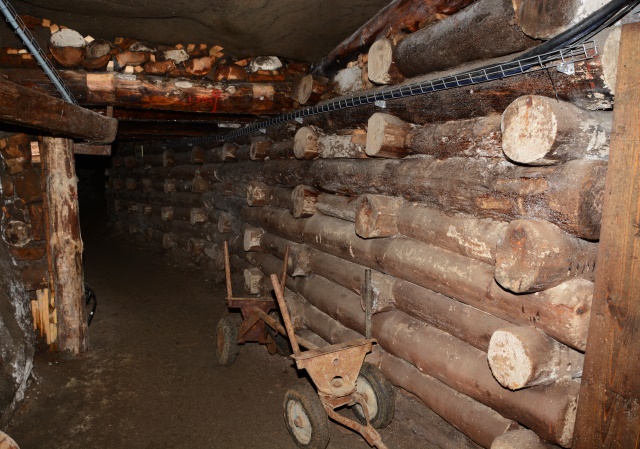The Classics of Poland
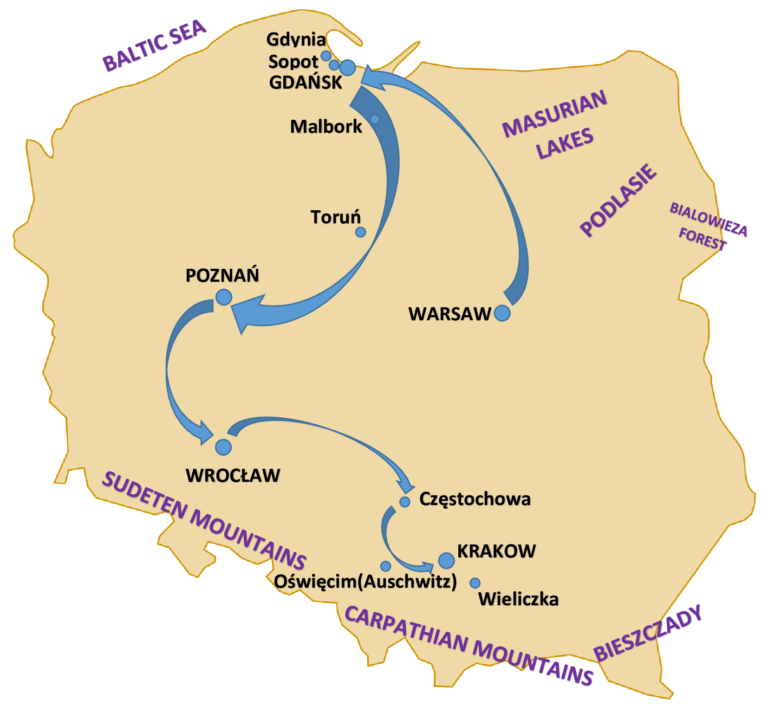
The Classics of Poland is an offer for everyone who wants to visit the most famous places in Poland.
DAY 1 – arrival in Warsaw • leisure time • welcoming dinner at the hotel.
DAY 2 – half-day city tour including the Royal Route with Łazienki Park and Palace and the Old Town area with Royal Castle and Market Square • drive to Tri-city (Gdańsk, Sopot, Gdynia) • overnight in Gdynia.
DAY 3 – guided tour of the Tri-city: Długi Targ Street, Neptune Fountain, the Oliva Cathedral inclusive of a concert played on the Roccoco organ • walk along the pier in Sopot • sightseeing tour of Gdynia and the harbour • overnight in Gdynia.
DAY 4 – departure for Poznań with en route visit to the Teutonic Knights’ Castle in Malbork and sightseeing tour of Toruń with the Old Town and Copernicus House • overnight in Poznań.
DAY 5 – morning city tour of Poznań: Old Market Square, 13th century Town Hall • drive to Wrocław • afternoon guided tour of Wrocław: the original heart of the town on Ostrów Tumski Island, the Old Town, the University with the magnificient Aula Leopoldina • overnight in Wrocław.
DAY 6 – drive to Krakow • en route stop in Częstochowa to visit Jasna Góra Monastery with the miraculous Black Mdonna Shrine • drive to Auschwitz, the formerNazi concentration camp • overnight in Kraków.
DAY 7 – half day tour of Krakow, including Wawel Castle with Cathedral and the Old Town area • trip to Wieliczka Salt Mine – an unique world-class attraction included in UNESCO’s World Heritage List • overnight in Kraków.
DAY 8 – departure.
Warsaw Panoramic Tour
Drive along the Royal Route with its numerous churches, monuments, historic buildings, palaces and the Parliament.
Pay respects at the former Jewish Ghetto monuments, and see the Grand Theatre, the Tomb of the Unknown Solider and Palace of Culture and Science the Soviet “wedding cake” skyscraper.
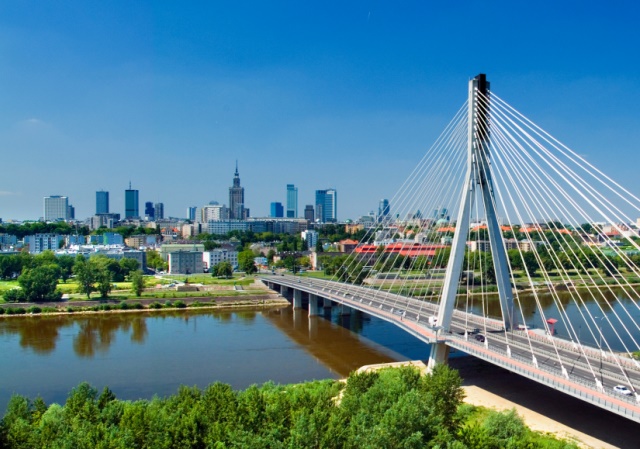


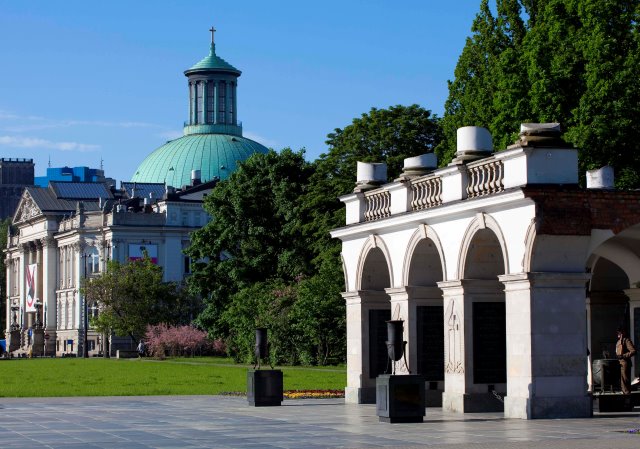
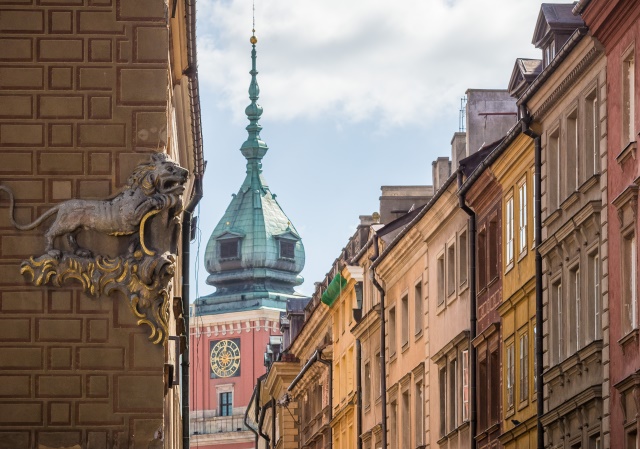
Warsaw Old Town – UNESCO list
Carefully rebuilt after the WW2 total destruction, was put on the UNESCO list of Human Heritage.
The highlights include: The Royal Castle, the Barbican, The Market Square and the King Wasa column – the city landmark.
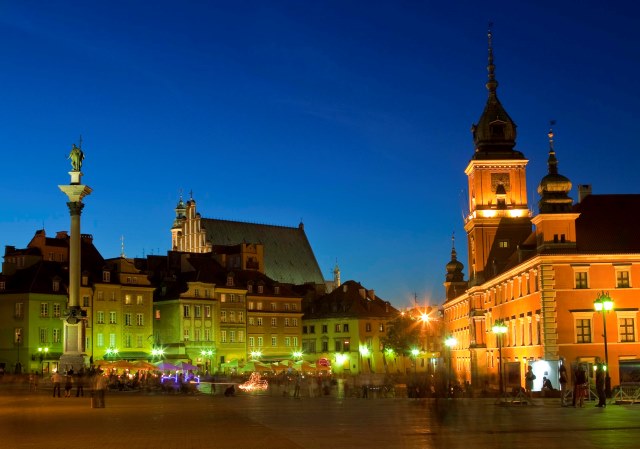
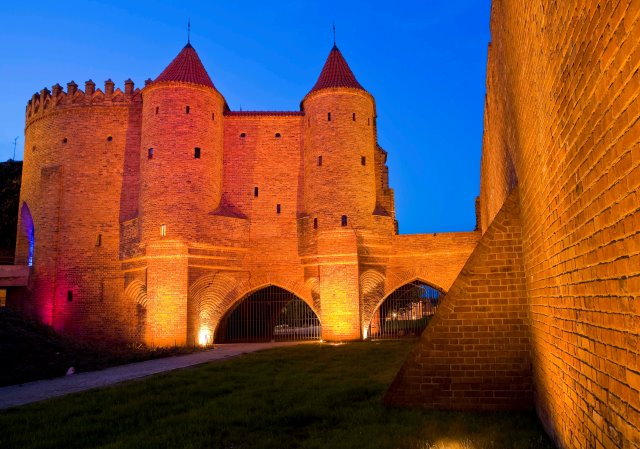
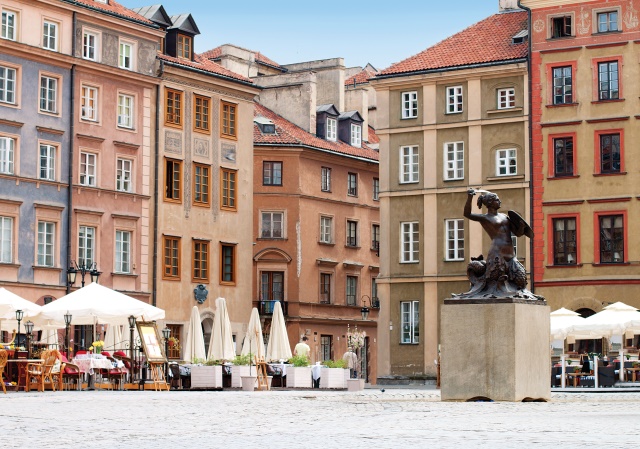
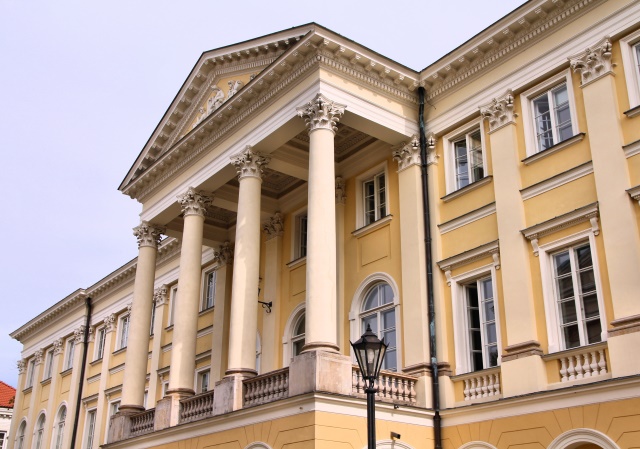
The Royal Castle
The Old Town dates back to the 14th century with Krakowska Gate, Town Hall and Dominican Church.
The Castle founded by Casimir the Great includes the Gothic chapel, containing a beautifully restored 14th century polychrome – reckoned the most precious Polish example of Russian-Byzantine painting.
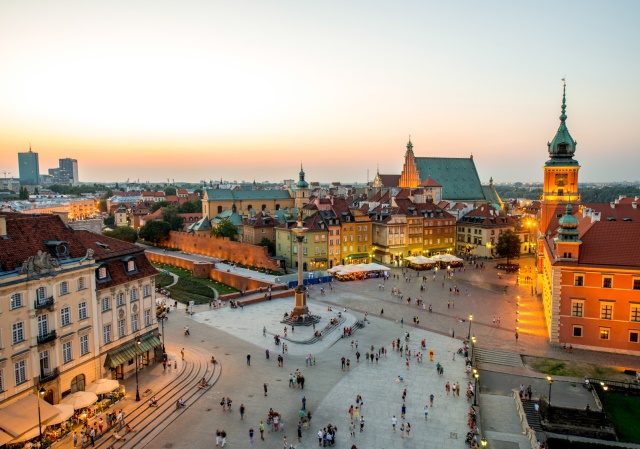
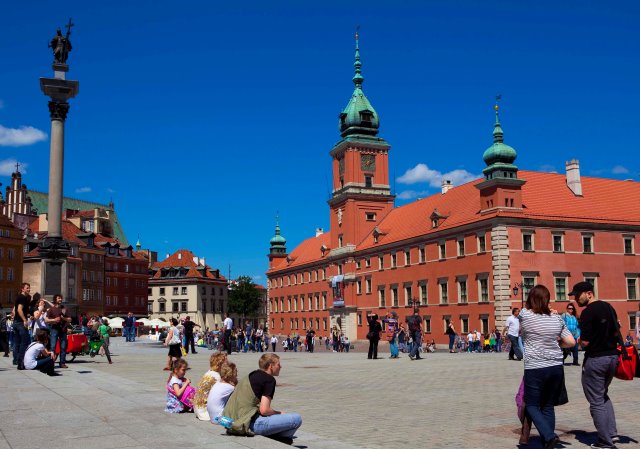
Łazienki Park
Łazienki, one of the most beautiful parks in Europe, was founded in 1766 by Stanisław August Poniatowski, the last king of Poland.
The Palace on the Water, the royal residence is the most famous building in the complex.
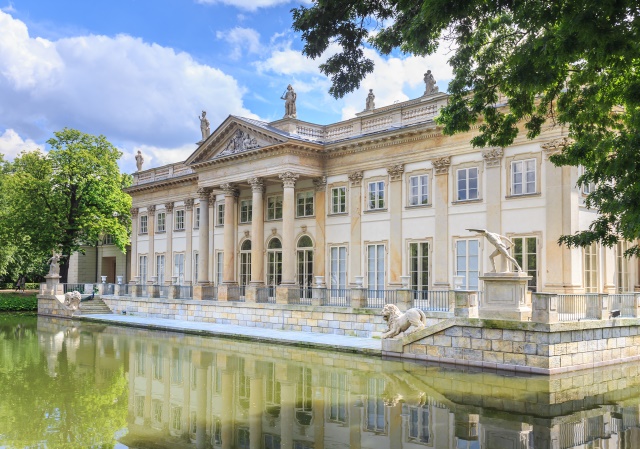
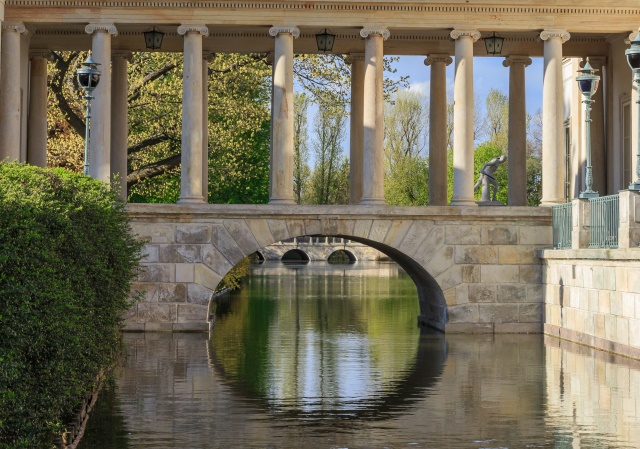
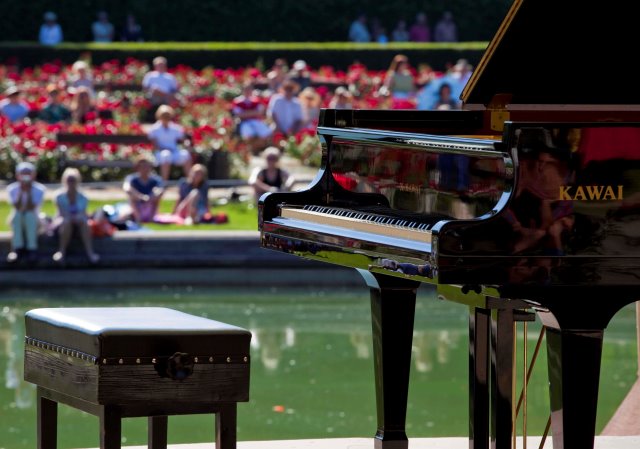
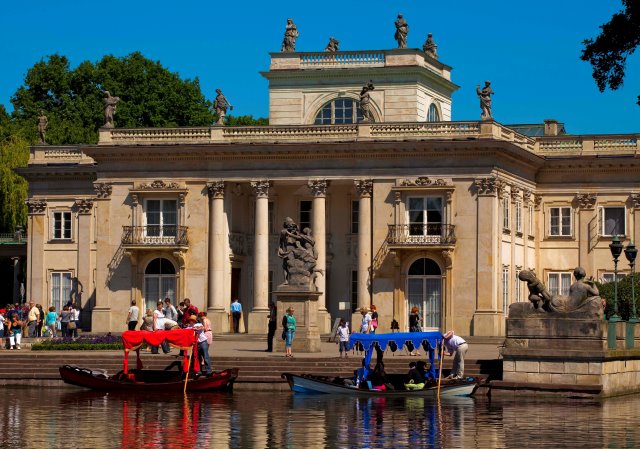
Gdańsk Old Town
Visit the historic interiors of the Town Hall, dating back to the 14th Century, the famous Artus Court, built in 1481 as a meeting place for wealthy burghers and St Mary’s Church founded in 1342, one of the biggest in Europe, is large enough for 5,000 faithful.
At the Motława River bank – the Old Crane and wooden granaries are reminders of the trade which underpinned the wealth of Hansaetic Gdańsk.
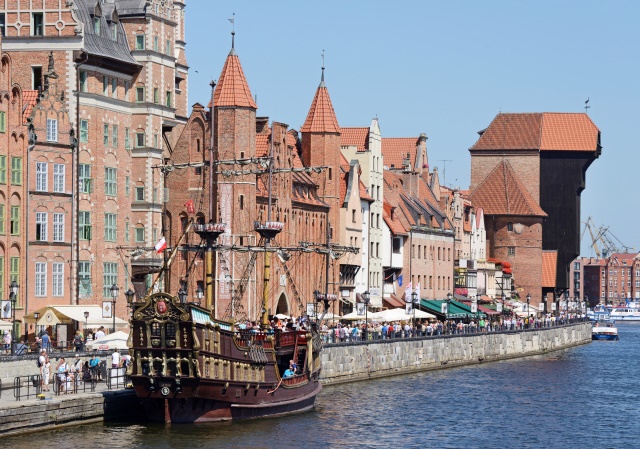
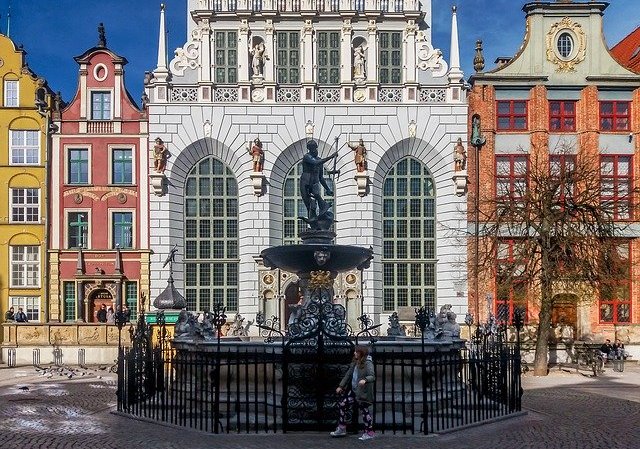
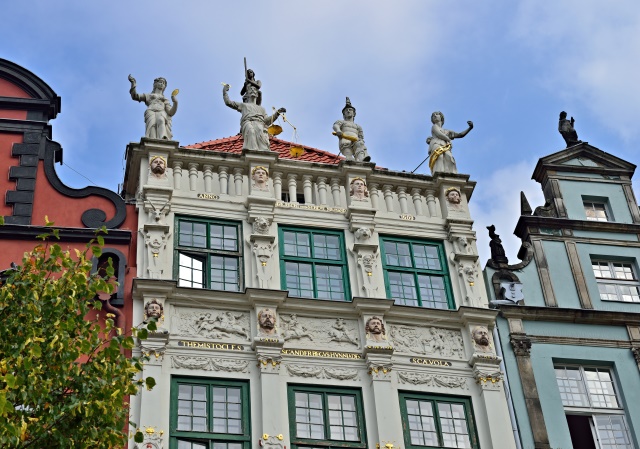
Gdańsk – Oliwa – Sopot
A short drive from the Old Town to the Gates of Gdańsk Shipyard. Here the “Solidarity” Trade Union movement was founded in 1980, a turningpoint for the struggle against the Communist regimes of Eastern Europe, commemorated by the exhibition of the ECS – European Center for Solidarity.
Brief pause at Oliva Cathedral, founded in the 13th century, to listen to a concert played on the Rococo organ, the finest one of its kind in Poland.
Stop in Sopot – a picturesque pre-war summer resort with a beautiful promenade pier.
Then drive to nearby Gdynia – the commercial heart of the Tri-City.

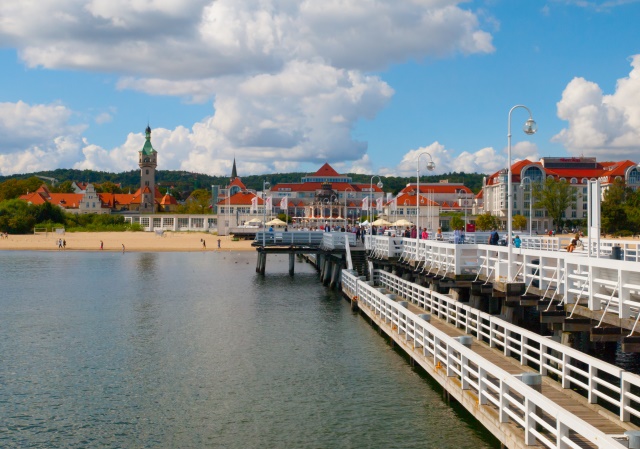
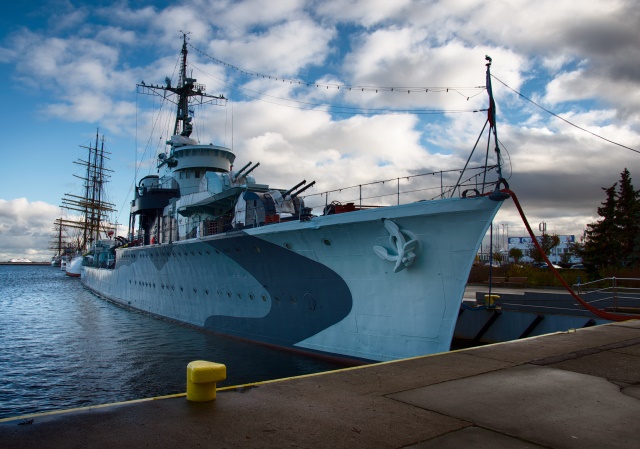
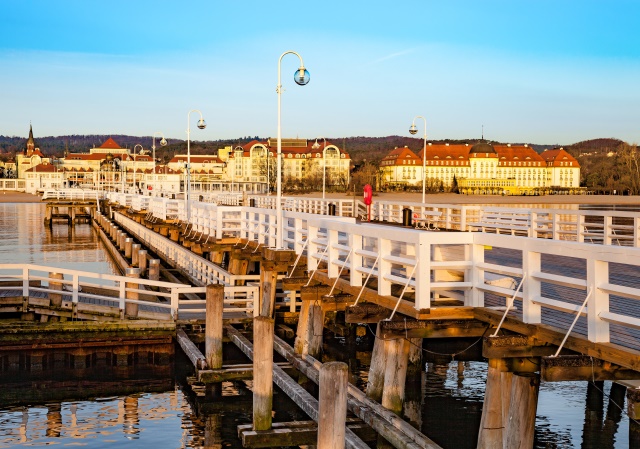
Malbork Teutonic Castle – UNESCO list
A one-hour drive south of Gdańsk takes you to Malbork (Marienburg) – the seat of the Grand Master of the Teutonic Order, dating back to the 14th century, an outstanding example of medieval defensive construction.
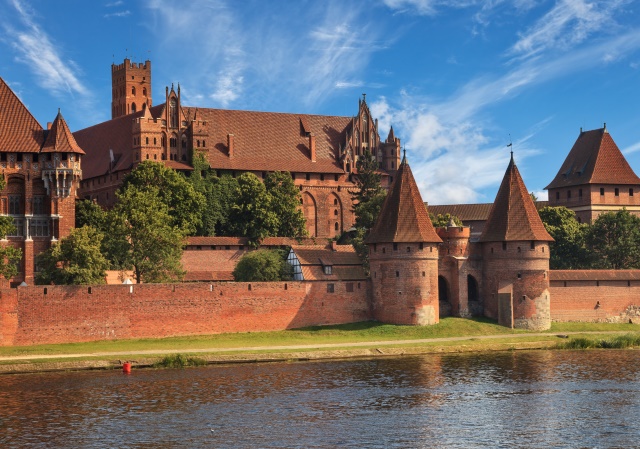
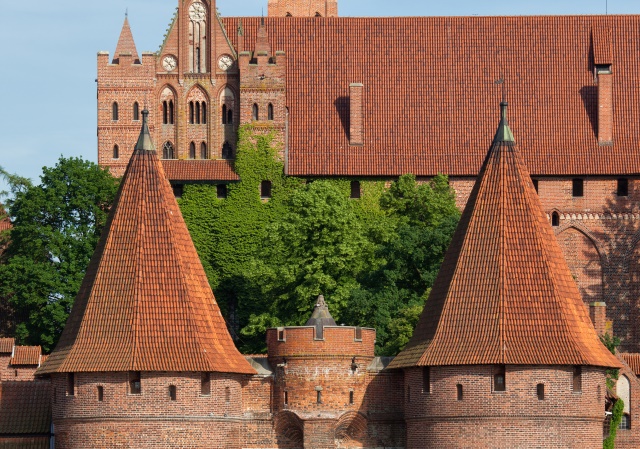
Toruń – UNESCO list
This charming Gothic town is a birthplace of Nicolaus Copernicus and also home to the famous Polish gingerbread.
A walking tour my include visits at Copernicus home, a Gothic Town Hall and a Gingerbread Museum. Ideal place for a stay or just a stop en route.


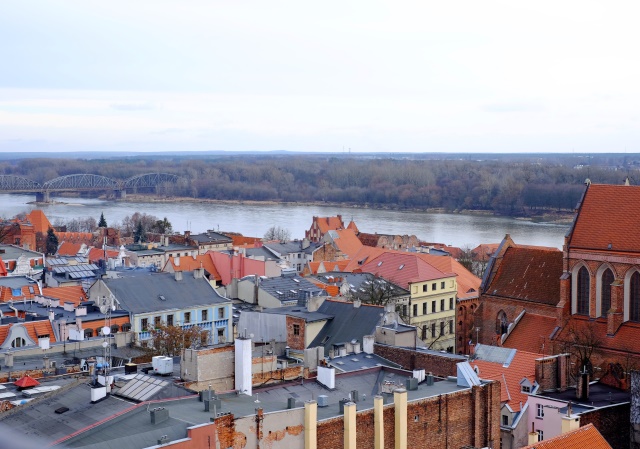
Poznań City Tour
Poznań is one of the oldest towns in Poland and the first capital.
The first cathedral was founded in 986 on Tumski Island. Pride of place in the cathedral is given to the Mieszko I tomb and the enormous Gothic altar dating from 1512.
In the Old Market Square the majority of buildings date back to the 15th century.
The Town Hall, founded in the 13th century. Has one of the most precious Renaissance interiors in Northern Europe.
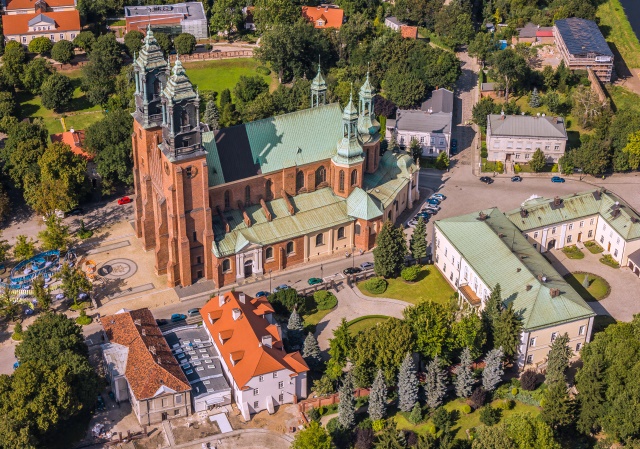
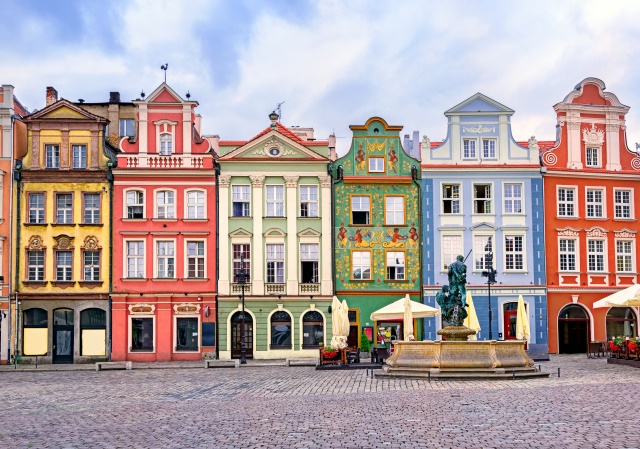
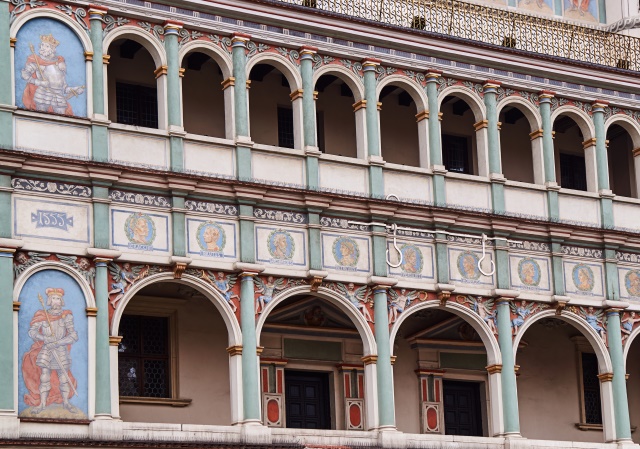
Wrocław City Tour
Due to 127 bridges and 14 islands this beautiful city is called ‘Venice of the North’
Visit to Ostrów Tumski – the oldest part of Wrocław where the episcopate was established in year 1000.
See its numerous Gothic churches, the most precious of which, St John the Baptist Cathedral, founded in 1244, has remnants of the first, Romanesque church.
Walk through the Old Town with its beautiful Town Hall erected in 1241, now a museum, and many picturesque Renaissance and Baroque tenement houses.


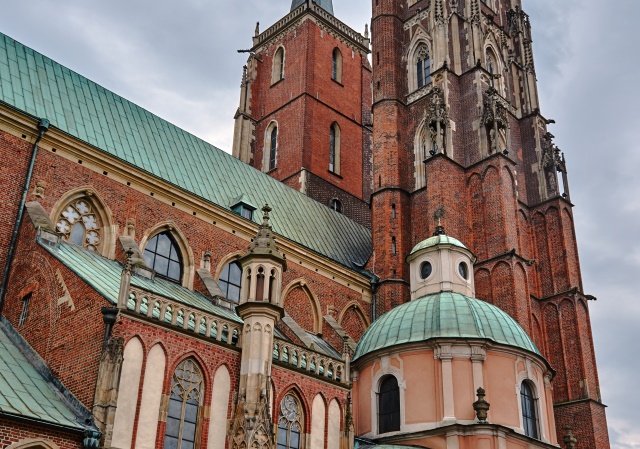

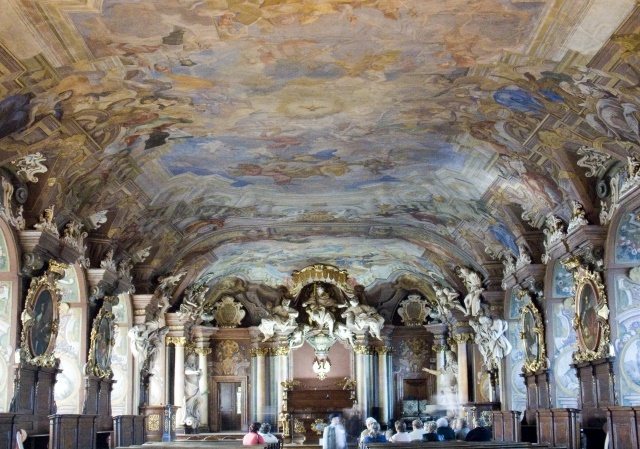
Częstochowa – Black Madonna Shrine
One of the most important shrines in the Christian world.
Millions of pilgrims, including over 100 000 foreigners, come here every year to pray at the miraculous Black Madonna Shrine, dating back to 14th century.
Now is covered with precious decoration, forming royal gowns for Virgin Mary and her Child.
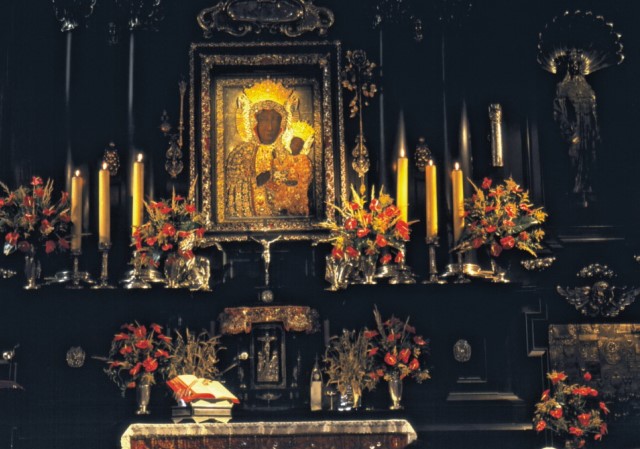
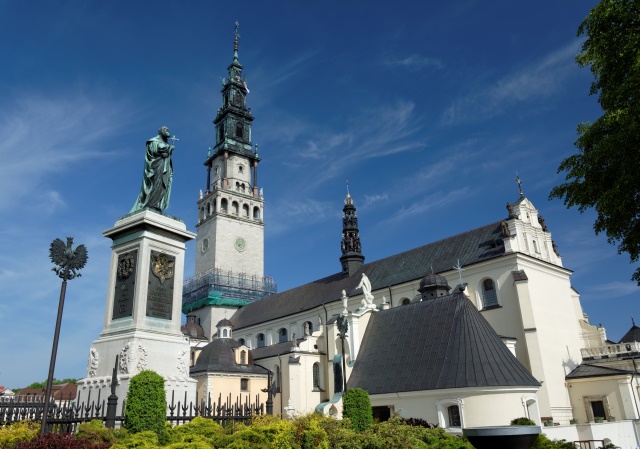
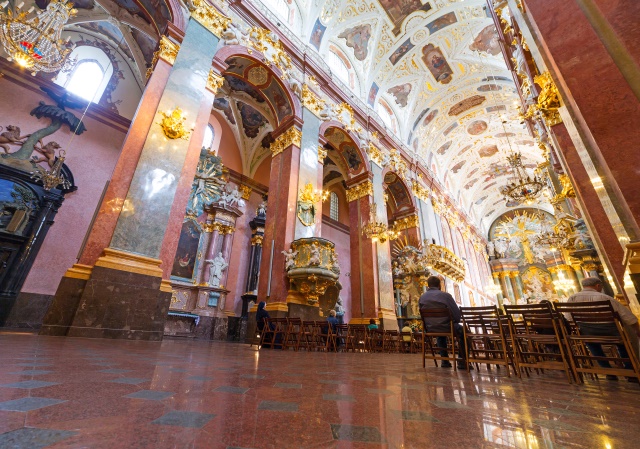
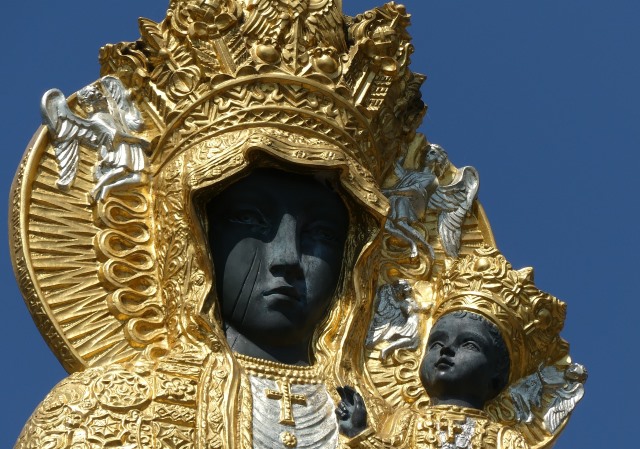
Auschwitz–Birkenau – UNESCO list
A grim reminder of Nazi terror and the holocaust. Auschwitz, built on the outskirts of the Polish town Oświęcim – now the Museum of Martyrdom – consists of brick barracks with shocking exhibits of tons of hair, shoes, glasses and other belongings wrested from the victims, while nearby Birkenau has hectares of wooden barracks and gas chambers.
A documentary film made shortly after liberation of the camp is viewable on request.

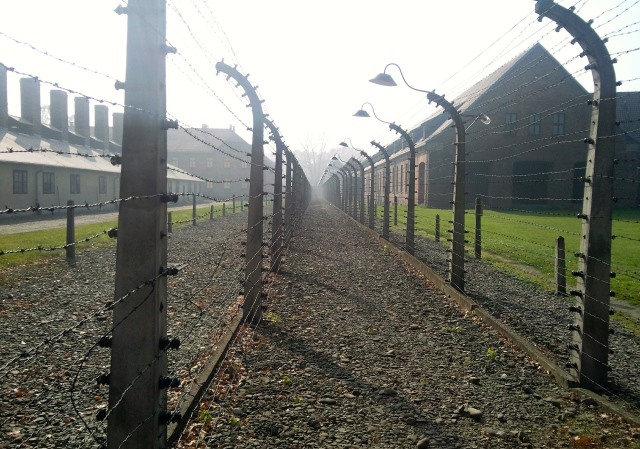
Kraków Old Town – UNESCO list
Market Square, one of the biggest in Europe, a reminder of the power and wealth of medieval Kraków, the Polish capital at that time.
The 13th century Cloth Hall, rebuilt in Renaissance style, houses the largest collection of Polish paintings on the first floor and colourful handicraft stalls in the ground floor arcades.
Saint Mary’s Church, dating back to the year 1221, boasts the precious 15th century Witt Stwosz altar.
Collegium Maius with its Gothic arcades, was once home to the Jagiellonian University.
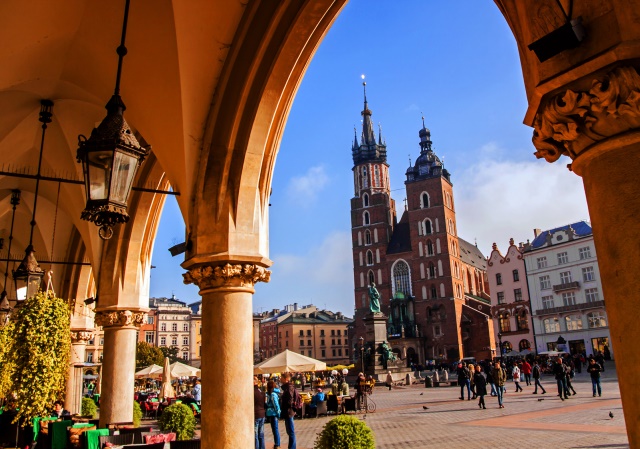
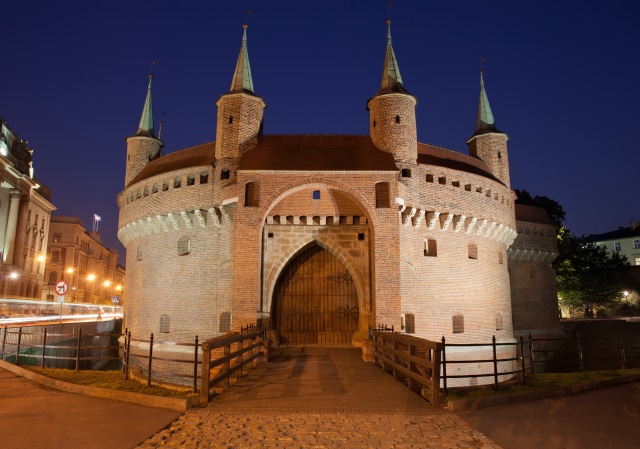
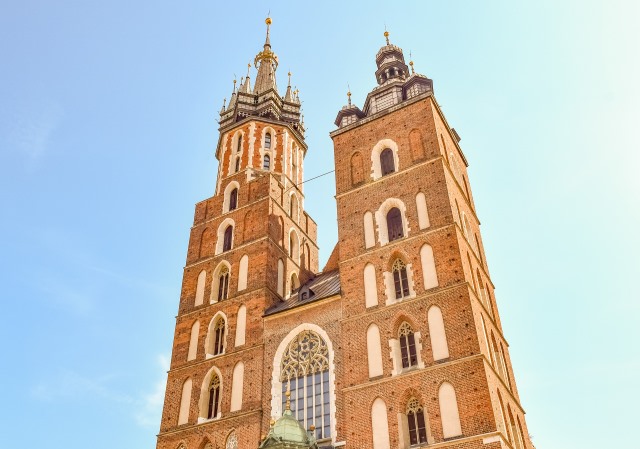
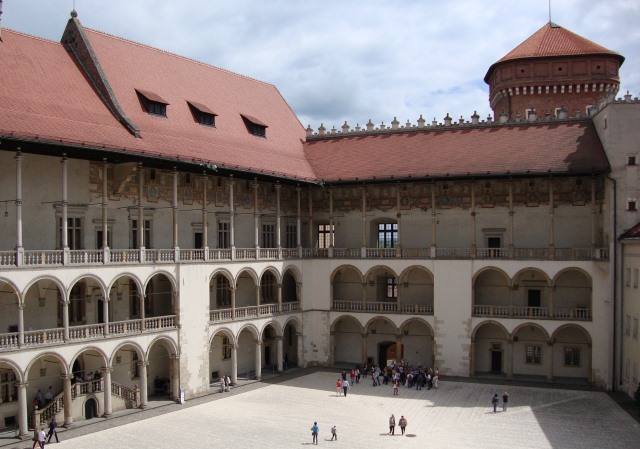
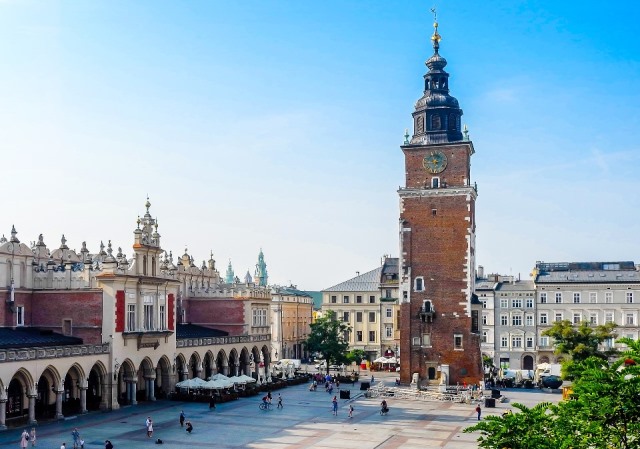
Wawel Hill
Wawel is the pride of Krakow and the heart of the nation as it is the final resting place of monarchs and wordsmiths.
The Gothic Royal Castle dates back to the 10th century and was remodeled in Renaissance style in the 16th century. Its magnificent interiors contain numerous paintings as well as the Wawel Tapestries Collection, commissioned in Flanders.
The Gothic Royal Cathedral with its numerous crypts has lements of the original 11th century Romanesque cathedral.


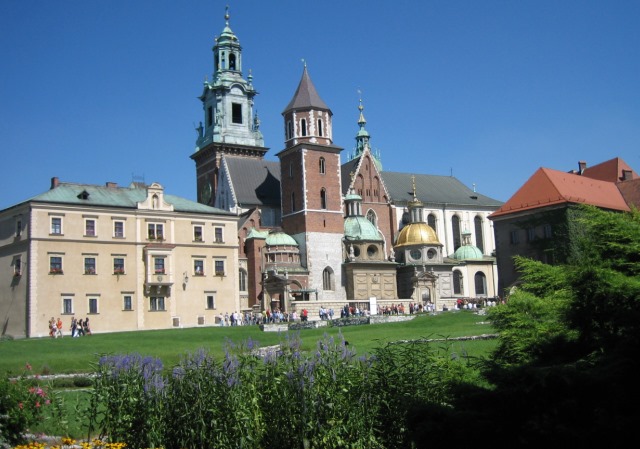
Wieliczka Salt Mine – UNESCO list
A tour of the mine includes beautiful chapels sculpted in salt (Saint Kinga’s chapel is the most beautiful one), crystal-like grottoes and underground ponds. All this at average depth of 130 m below the ground in the world oldest enterprise which has never stopped working!


